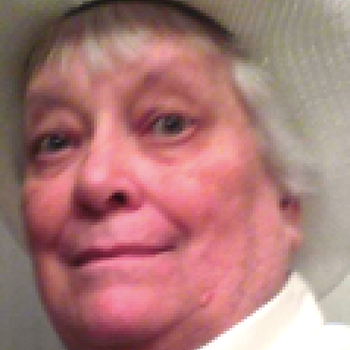What was Franklin's contribution to the discovery of DNA?
1 Answer
Rosalind Franklin used x-rays to take a picture of DNA that would change biology.
Franklin graduated with a doctorate in physical chemistry from Cambridge University in 1945 and returned to England in 1951 as a research associate in John Randall's laboratory at King's College in London and soon encountered Maurice Wilkins, who was leading his own research group studying the structure of DNA.
Wilkins mistook Franklin's role in Randall's lab as that of an assistant rather than head of her own project.
Meanwhile, James Watson and Francis Crick, both at Cambridge University, were also trying to determine the structure of DNA.
They communicated with Wilkins, who at some point showed them Franklin's image of DNA—known as Photo 51—without her knowledge.
Photo 51 enabled Watson, Crick, and Wilkins to deduce the correct structure for DNA, which they published in a series of articles in the journal Nature in April 1953. Franklin also published in the same issue, providing further details on DNA's structure.
Franklin's image of the DNA molecule was key to deciphering its structure, but only Watson, Crick, and Wilkins received the 1962 Nobel Prize in physiology or medicine for their work.
Franklin died of ovarian cancer in 1958 in London, four years before Watson, Crick, and Wilkins received the Nobel. Since Nobel prizes aren't awarded posthumously, we'll never know whether Franklin would have received a share in the prize for her work.
(National Geographic).


